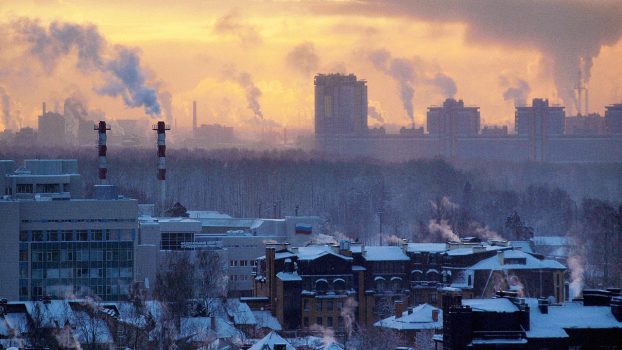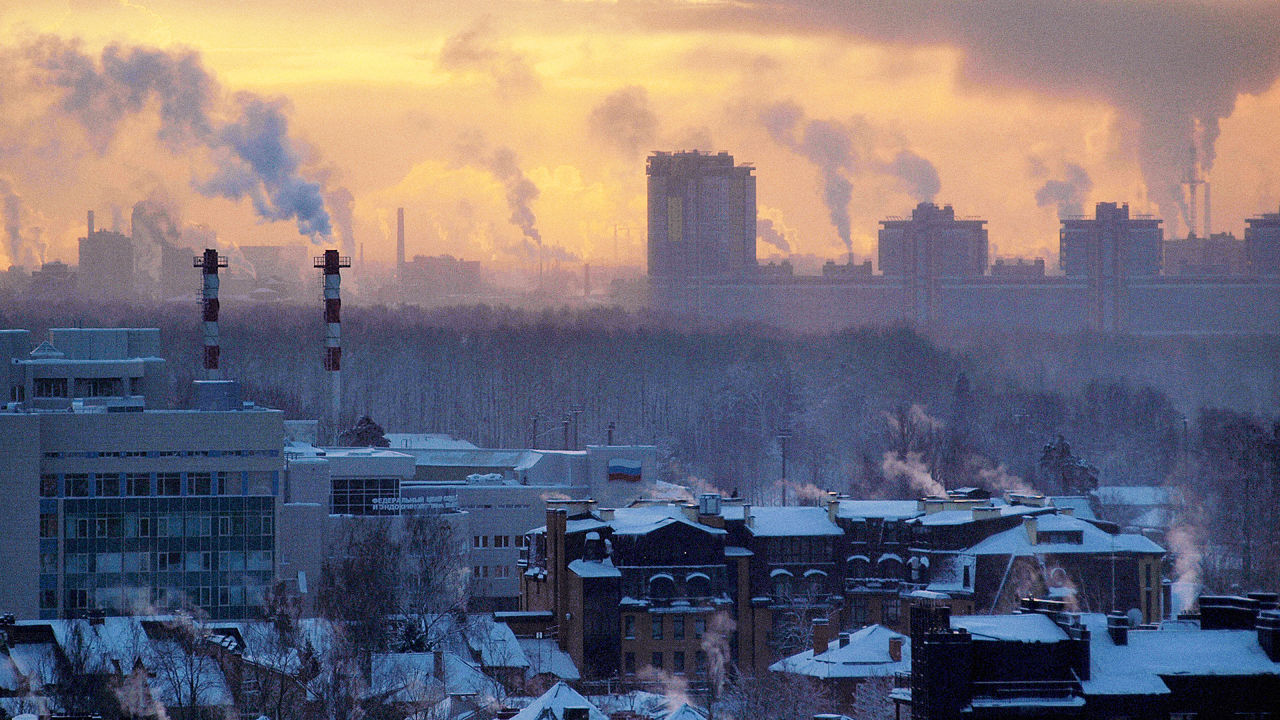There is little that one can do to determine the quality of air outdoors. You can, however, take several steps to improve the quality of air indoors. Heating and cooling engineers play a critical role in helping you manage the quality of air indoors. Some of the common issues that encompass indoor air quality are maintenance of heating and ventilation systems and air contamination as a result of chemicals, construction materials, particle boards, paints and many other contaminants.
Air quality problems arise as a result of interactions between building occupants, building materials and furnishing, climate and activities within the building. Indoor environmental factors that affect air quality include poor air circulation, inadequate temperature, issues with the ventilation system and indoor humidity. Some indoor contaminants of air are chemicals, mold and fungi, dust, gases, bacteria and indoor odors. The sources of these contaminants are many. Insufficient intake of outdoor air into the building also greatly compromises the quality of air indoors.

Poor indoor air quality manifests itself in different forms. Some of the symptoms associated with poor indoor air quality in people are headache, fatigue, dizziness, nausea, shortness of breath, coughing, sneezing, sinus congestion, hypersensitivity, allergies, and dryness and irritation of the nose, throat, eyes and skin. These symptoms are similar to those of the common cold and flu. People generally report the onset of these symptoms after staying in the building for several hours and report feeling better once they leave the building for some time or even go on a vacation. Some of the health issues associated with poor indoor air quality are Sick Building Syndrome (SBS), Building-Related Illness (BRI), Tight Building Syndrome (TBS) and Multiple Chemical Sensitivities (MCS). If you suspect that the quality of air indoors could be adversely affecting your health, it is essential to keep track of when your symptoms arise and when they go away. This helps to quickly identify, rule out and handle the causes of the associated symptoms.
Having a good heating and ventilation system generally improves on the air quality indoors. To investigate on the quality of air, a qualified HVAC technician comes in handy in helping you identify problematic areas and the possible sources of air contamination. To investigate the quality of air indoors, investigate whether the ventilation system if working properly. Some of the things to look out for are whether the filters are in good condition, whether there is proper air distribution and is there is a right mix of fresh air. Some of the possible causes of poor air quality are mold, fungi, chemicals and building renovations. All these should be ruled out in a bid to improve air quality. With regards to the symptoms discussed above, one should rule out their onset due to humidity, noise, ergonomics, thermal comfort, lighting and all other possible causes. It is easy to blame the presence of these symptoms on poor indoor air quality yet they could be arising from other sources. One can also conduct a survey among building occupants to find out if poor air quality is experienced throughout the entire building or if it is confined to specific sections of the building. As already mentioned, a qualified professional is best placed to help you test the air quality indoors.
Several simple and easy steps can be taken to improve indoor air quality. Minimizing chemical pollutants indoors by avoiding smoking, minimizing use of harsh chemicals and choosing low-emitting products indoors gets rid of most chemical contaminants. Keeping clean and ensuring proper ventilation contributes to proper air circulation indoors, drastically improving the air quality. Controlling moisture levels and investing in an efficient heating, cooling and ventilation system also helps you improve air quality.
Written by the staff of Controlled Aire Heating and Cooling in Moberly, MO.

